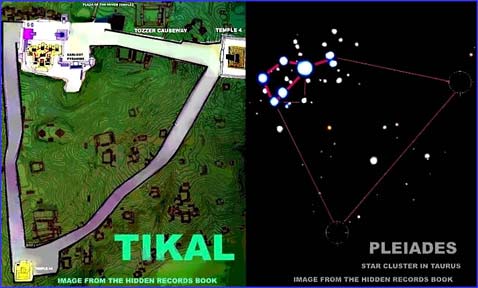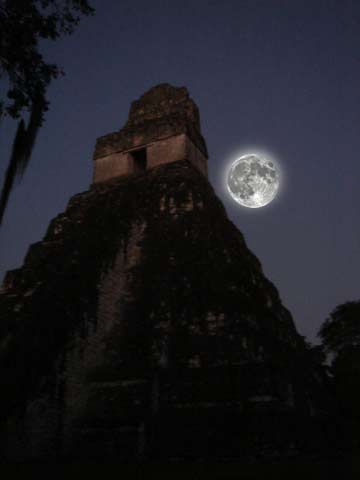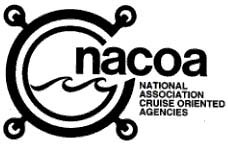



"11:11:11: Activating the Mayan Stargate"
Full Moon in the Land of the
Maya
Yucatan Peninsula, Mexico and Guatemala
November 3 to 14, 2011
PLEASE JOIN THE MAILING LIST TO BE NOTIFIED.
CLICK HERE 
 Susan Shumsky of Divine Travels is a member of Travel Service Network. Inc., (TSN).
Affiliations Include:      
SITE MAP
|